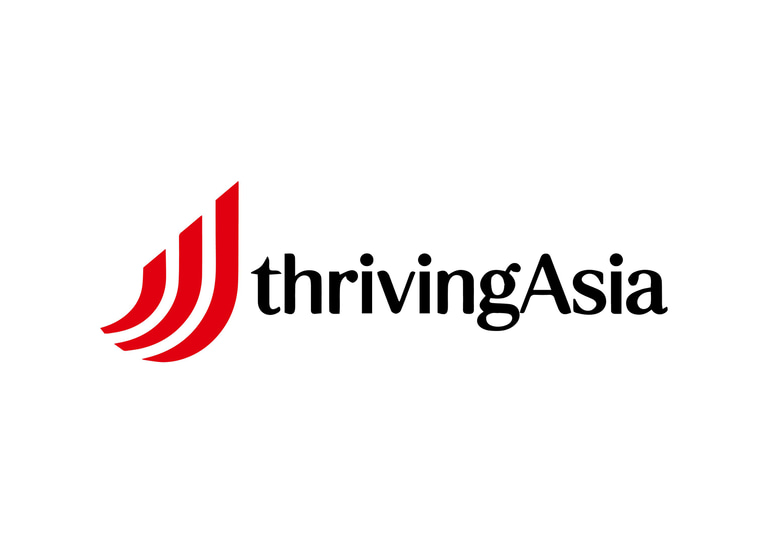Singapore


Population: 6 million inhabitants
GDP: Around USD 547 billion (2024), with steady growth (4.4% annually)
Singapore: A Gateway Market for Western B2B SMEs
When Western SMEs think about Asia, Singapore often emerges as the first stop. With its modern infrastructure, strong financial ecosystem, and pro-business environment, the city-state is considered a natural springboard for regional growth. But while the opportunities are real, Singapore also comes with challenges especially for B2B companies.
The Advantages
1. A Trusted Business Hub
Singapore’s strong legal framework, transparency, and rule of law make it attractive for Western SMEs offering consulting, legal, engineering, or financial services. Trust is a key factor in B2B deals, and Singapore provides a stable environment where contracts are enforced and corruption is minimal.
Example: Many European engineering consultancies (e.g., Arup) chose Singapore as their Southeast Asian HQ, benefiting from the government’s large-scale infrastructure projects such as Changi Airport Terminal 5 and the Tuas Mega Port.
2. Regional Connectivity
The city-state is positioned as a hub for ASEAN and beyond. From Singapore, SMEs can easily manage regional operations, logistics, and client relationships in countries like Indonesia, Malaysia, Vietnam, and Thailand.
Example: DB Schenker, though a global player, illustrates the model: it uses Singapore as its regional logistics HQ, serving clients across Southeast Asia. Smaller logistics-tech SMEs have successfully followed a similar strategy by basing their regional sales teams in Singapore.
3. Access to Corporate Clients
Singapore is home to over 37,000 international companies and many regional HQs of Fortune 500 firms. For SMEs offering niche B2B services—IT solutions, HR services, digital transformation—this creates a strong client base.
Example: Western cybersecurity startups have landed regional contracts in Singapore by targeting multinational banks headquartered there, before scaling into Indonesia or Vietnam.
4. Government Support for Innovation
Singapore actively promotes sectors like fintech, green tech, biotech, and advanced manufacturing. Grants, incubators, and partnerships with public agencies provide opportunities for SMEs to pilot solutions.
Example: A European cleantech SME partnered with the Singapore government to test water purification technology in PUB’s (Public Utilities Board) projects, using Singapore as a showcase to win contracts in other ASEAN markets.
The Disadvantages
1. High Operating Costs
Office rent, salaries, and compliance costs are among the highest in Asia. For B2B SMEs that rely on longer sales cycles, cash flow can become tight before revenue stabilizes.
Failure Example: A small German industrial software SME set up in Singapore but could not sustain its costs while waiting for long procurement cycles with local clients. It later relocated its operations to Kuala Lumpur, keeping only a sales representative in Singapore.
2. Small Domestic Market
Singapore’s B2B demand is significant in value but limited in scale. SMEs cannot rely on local contracts alone—they must target regional growth.
Failure Example: Several Western HR-tech startups entered Singapore expecting rapid adoption, but once they captured a handful of corporate clients, growth plateaued. Without expanding into Malaysia or Indonesia, they could not scale.
3. Competitive and Saturated Market
Singapore attracts not only Western SMEs but also regional and global players. Differentiation is essential.
Example of Struggle: Western IT service providers sometimes fail because they underestimate competition from strong Indian, Chinese, and local firms offering lower-cost but reliable services.
4. Cultural Adaptation in B2B Negotiations
Even though English is the business language, cultural nuances matter. Decision-making in Singaporean and regional corporations tends to be more hierarchical and consensus-driven.
Failure Example: A U.S. consulting firm lost bids because its sales team pushed for quick closures, which clashed with the slower, relationship-based decision-making culture common in Asia.
Lessons from Successes and Failures
Success Example: Roland Berger (Consulting)
The German consulting firm expanded to Singapore and tailored its services to the region’s needs, especially in infrastructure and industrial strategy. It succeeded by positioning Singapore as a base for ASEAN-wide projects.Success Example: Western SaaS SMEs in Fintech
Some Western SaaS startups, by joining the Singapore Fintech Festival, secured partnerships with major banks and regulators. Their success came from using Singapore as a credibility platform to sell into larger regional markets.Failure Example: Niche Industrial Suppliers
Some Western SMEs in niche industrial equipment entered Singapore expecting large orders, but found that procurement decisions were centralized at regional HQs elsewhere (e.g., in Tokyo or Shanghai). Without adapting their go-to-market strategy, they exited after heavy losses.
Conclusion: A Hub, Not Just a Market
For Western SMEs in B2B sectors, Singapore is less about the size of its domestic market and more about access, credibility, and networking. The companies that succeed treat Singapore as:
A showcase market to build references.
A hub to serve ASEAN clients.
A launchpad into emerging markets where demand is growing faster.
The key is to manage costs, adapt to regional business culture, and leverage Singapore’s ecosystem not as the end goal—but as the strategic starting point.
Singapore: A Strategic Hub for SMEs and Investors
1. Introduction to Singapore
Location and Context: Singapore is a city-state in Southeast Asia, located at the heart of global trade routes.
Economy: The 4th largest financial center worldwide, with an open, stable, and diversified economy.
Population: About 5.9 million inhabitants, multicultural and highly skilled.
2. Key Advantages of Singapore for SMEs and Investors
a. Business-Friendly Environment
Ease of Doing Business: Ranked 2nd in the World Bank Doing Business 2020 index.
Political and Economic Stability: Pro-business government, low corruption, and transparent legal system.
Attractive Taxation:
Corporate tax rate: 17% (among the lowest in Asia).
Tax exemptions for startups and foreign investors.
No capital gains tax.
b. Infrastructure and Connectivity
World-Class Port and Airport: Singapore hosts the 2nd busiest port globally and is a major aviation hub.
Technology and Innovation: Access to advanced digital infrastructure and a dynamic startup ecosystem.
c. Access to Asian Markets
Free Trade Agreements: More than 20 FTAs signed, providing access to key markets such as China, India, and ASEAN.
Gateway to Asia: Strategic geographic and cultural proximity to the region’s emerging economies.
d. Skilled Workforce
Education and Training: High-standard education system with a multilingual workforce (English, Mandarin, Malay, Tamil).
Flexible Labor Market: Ease of hiring and termination.
3. Challenges and Limitations
a. High Costs
Cost of Living: One of the most expensive cities in the world (housing, salaries, etc.).
Commercial Rents: High prices for offices and industrial spaces.
b. Intense Competition
Saturated Market: Presence of many multinationals and strong local startups.
Demanding Consumers: Highly informed, quality-conscious clients.
c. Strict Regulations
High Standards: Rigid compliance with environmental, labor, and other regulations.
Data Protection: Strong data privacy and security laws.
d. Limited Local Market
Small Domestic Base: Modest population size, requiring regional expansion for significant growth.
4. Recommendations for SMEs and Investors
Conduct in-depth market research: Understand local dynamics and consumer expectations..
Focus on innovation and adaptation: Offer products/services tailored to Asian markets.
Manage costs efficiently: Optimize expenses to cope with high living and operating costs.
5. Conclusion
Singapore provides a stable, innovative, and well-connected environment, making it an ideal entry point for SMEs and investors in Asia. However, success requires careful preparation, cost management, and adaptability to intense competition. The most successful companies are those able to innovate and adapt to this highly dynamic market.
